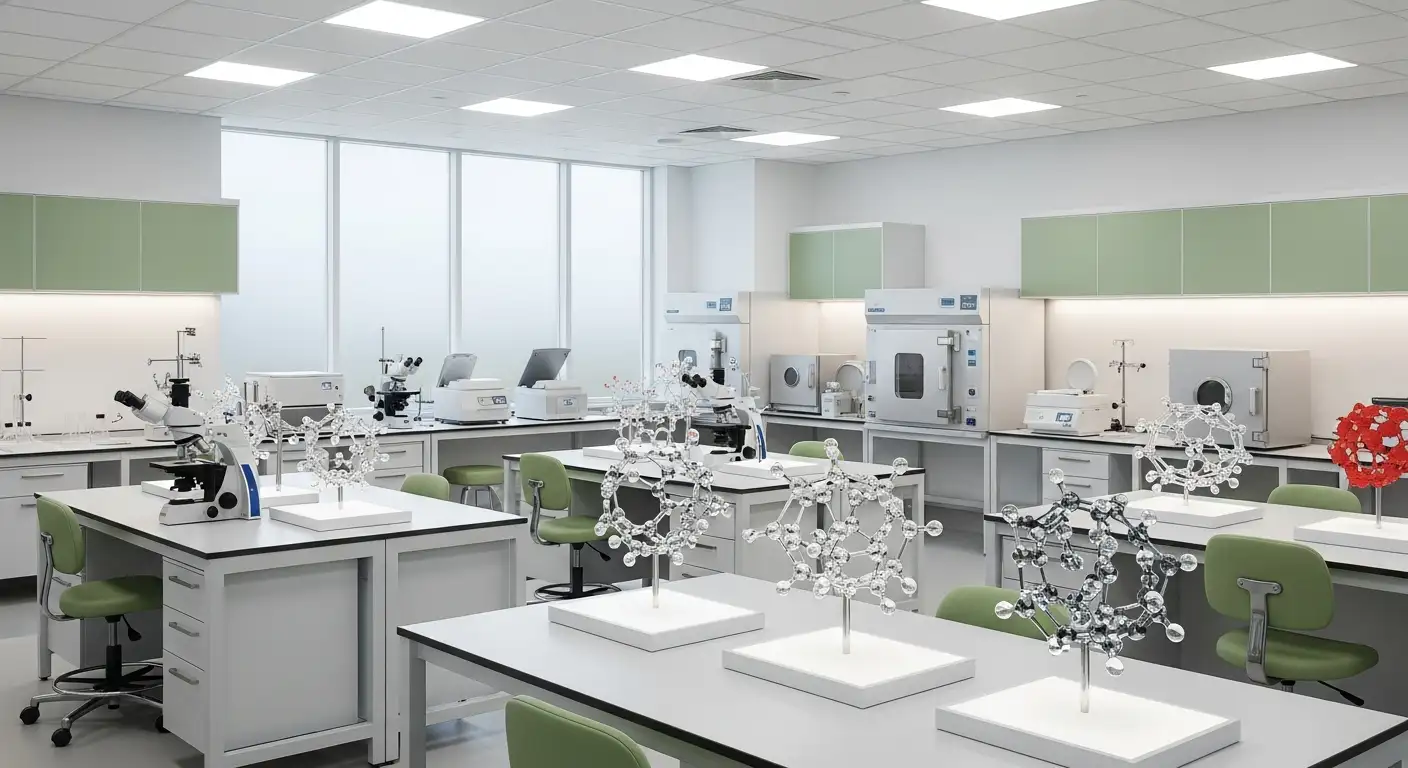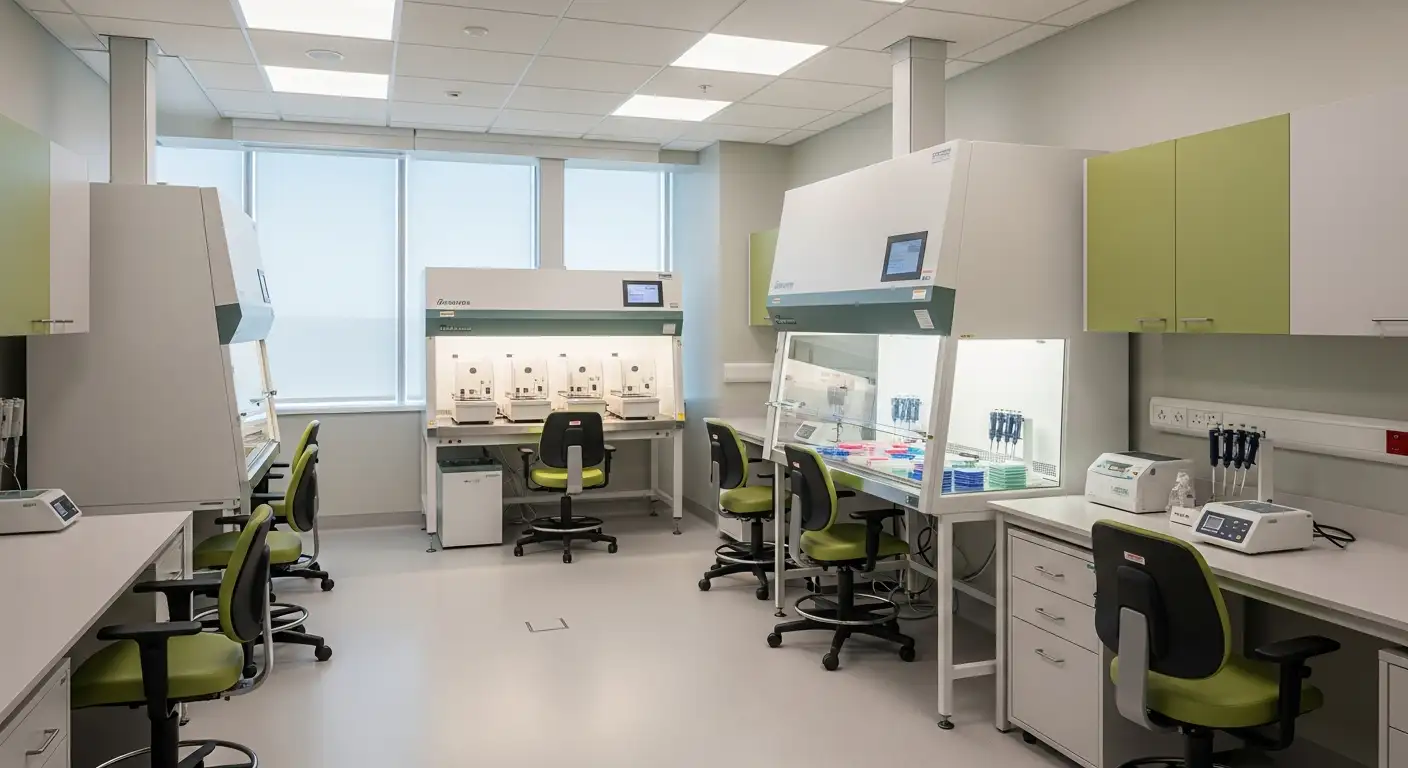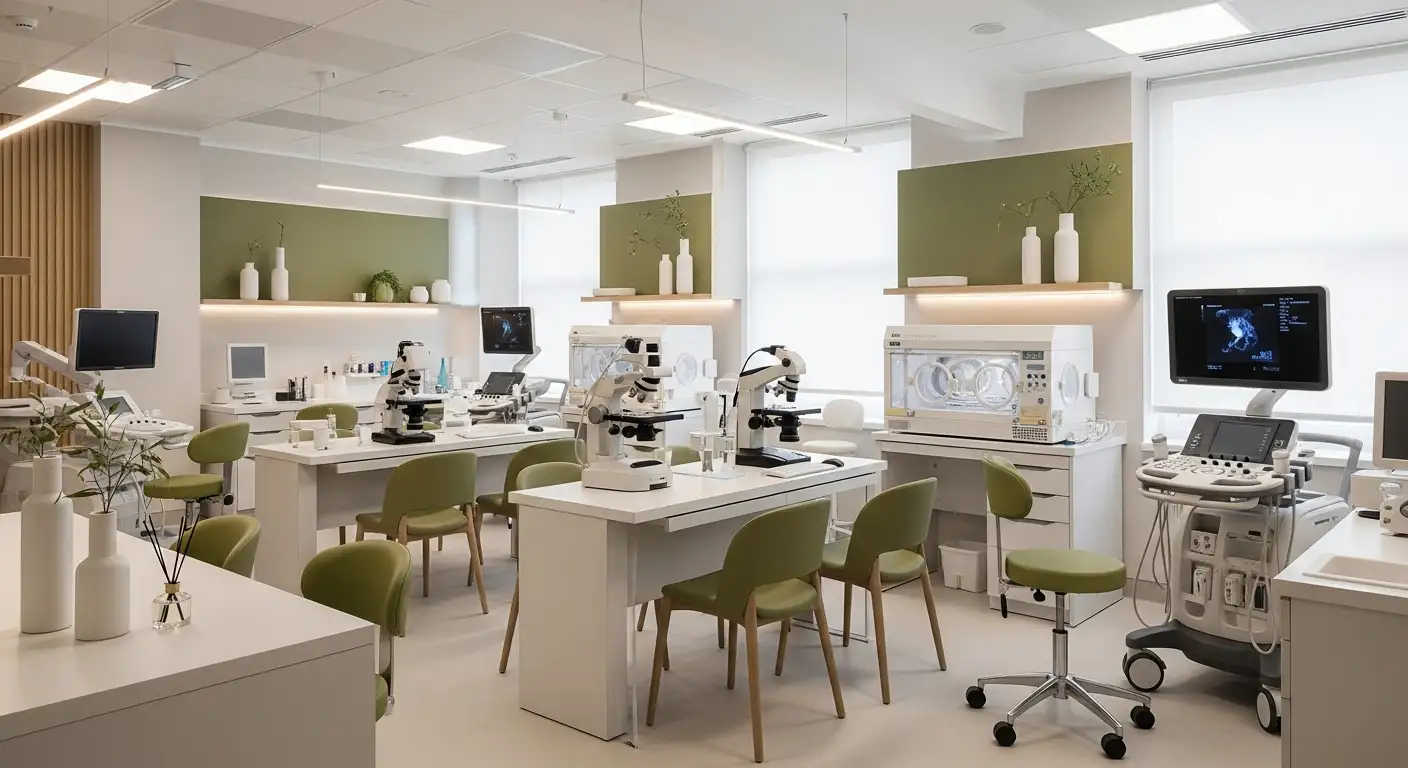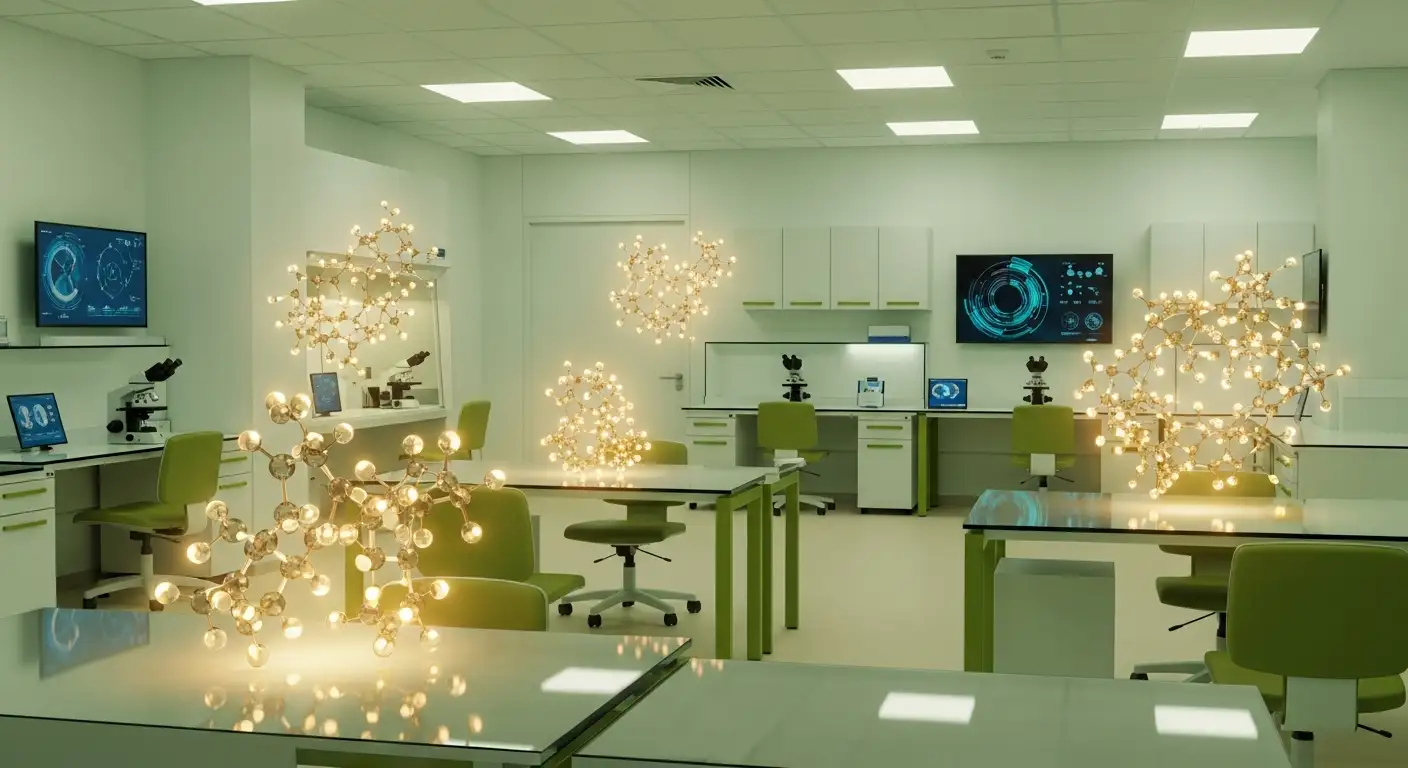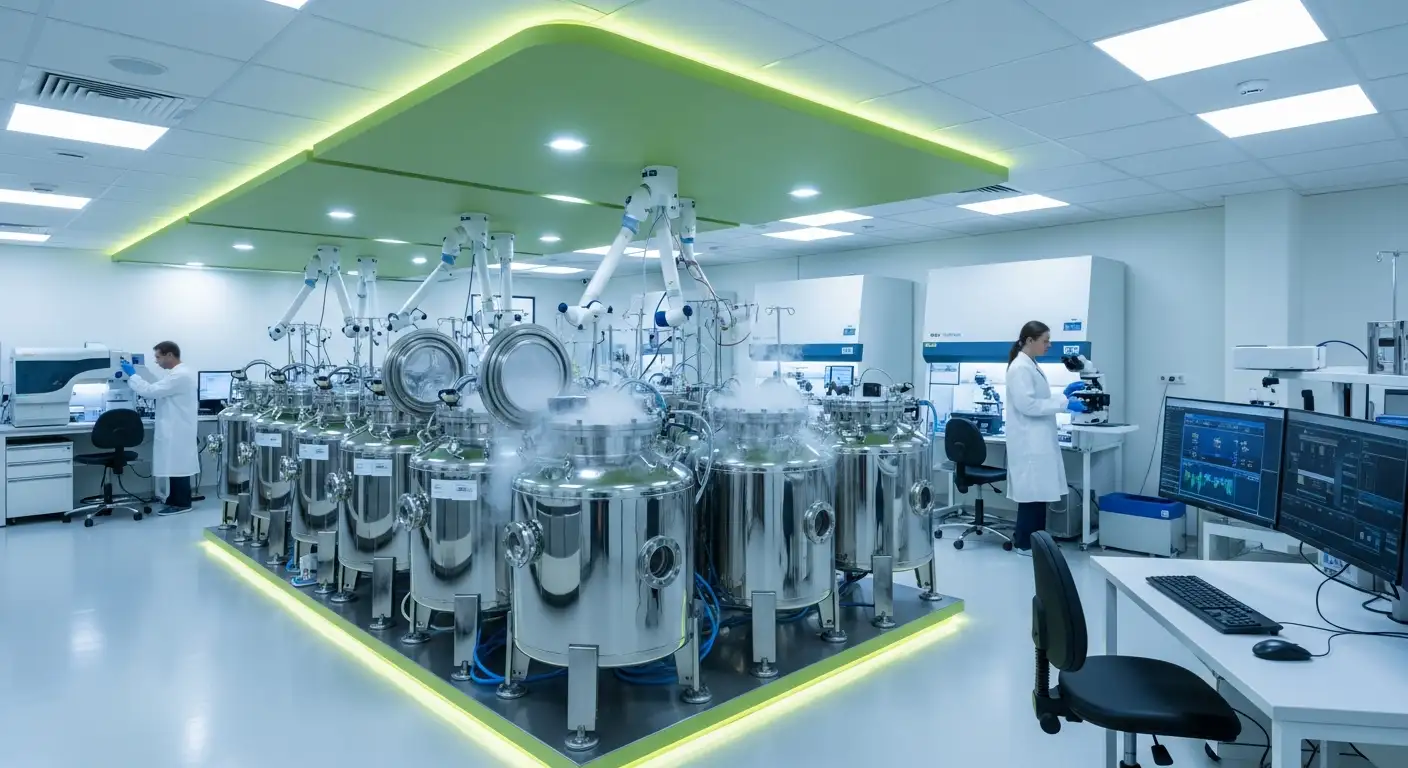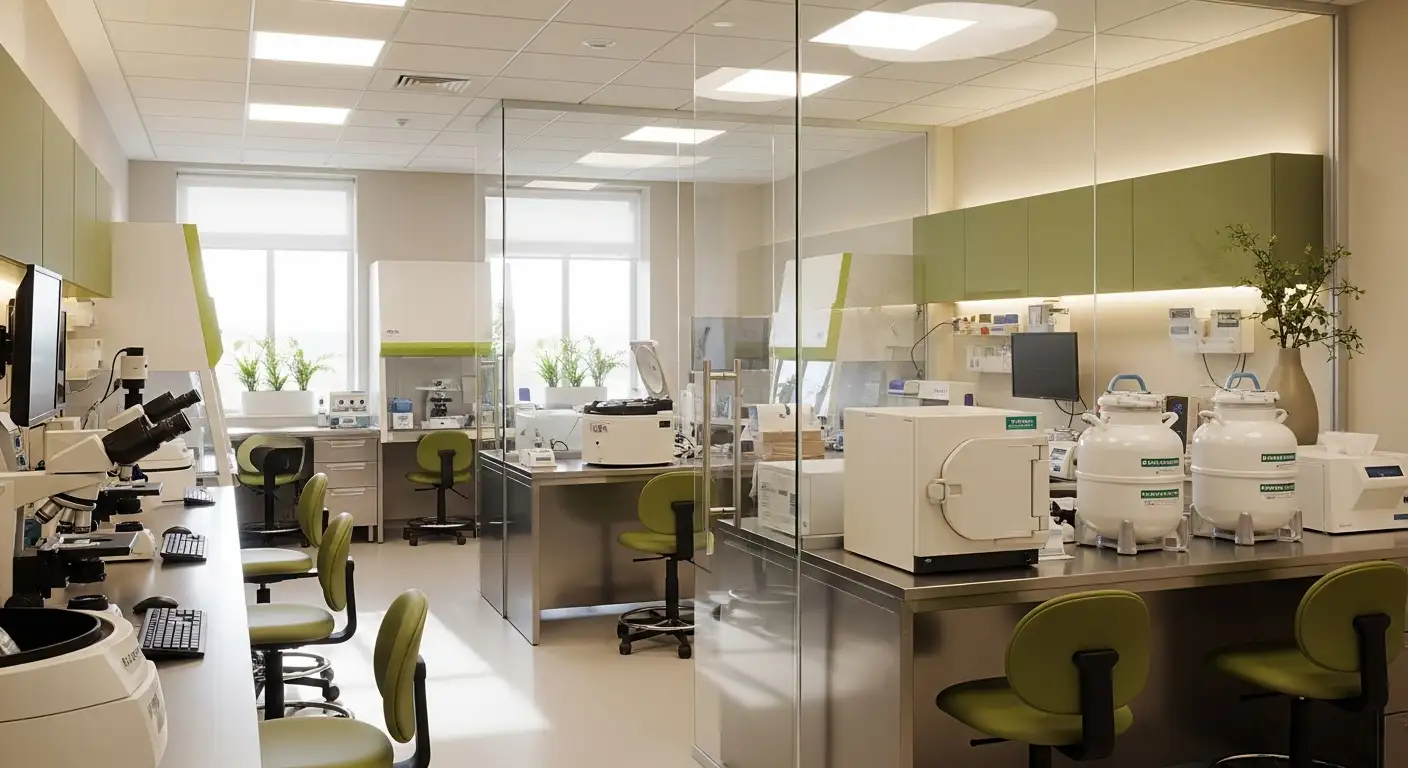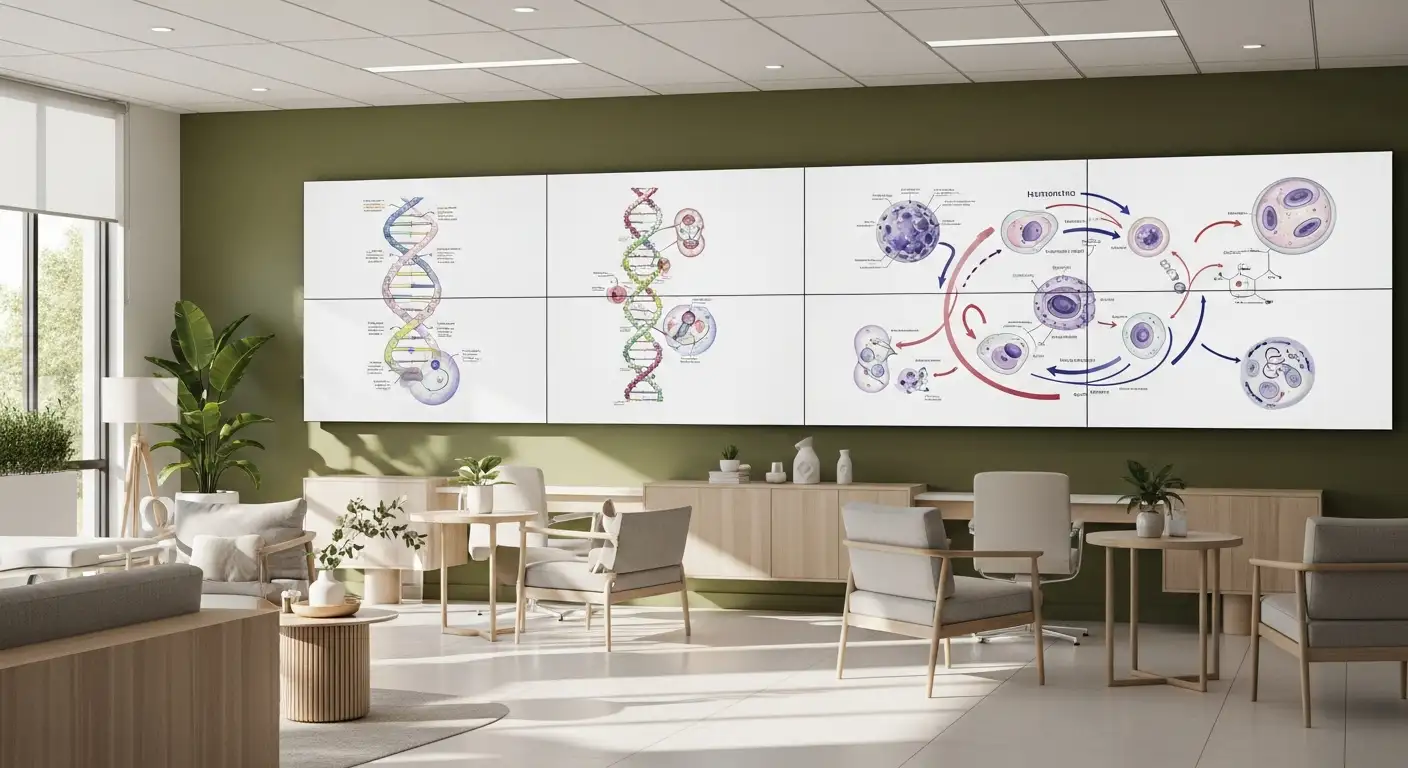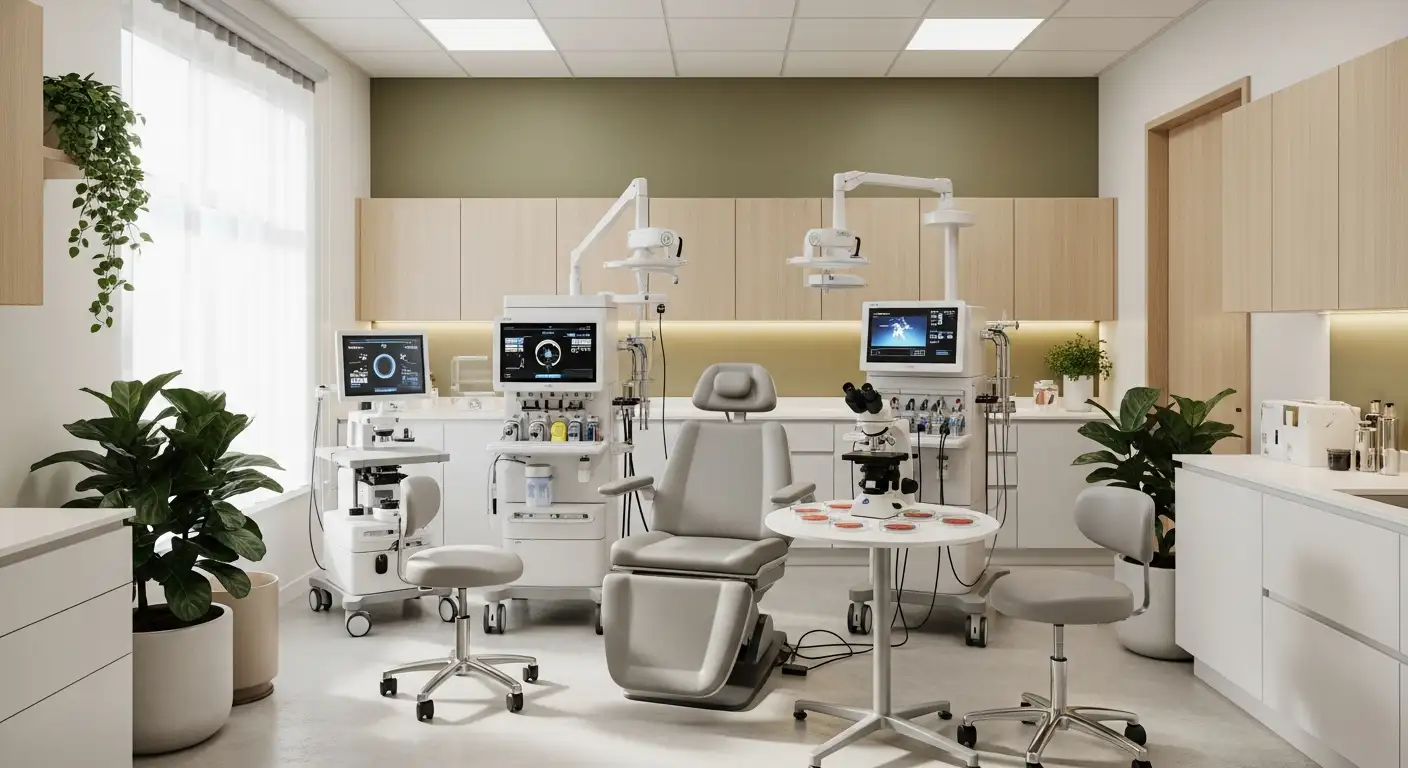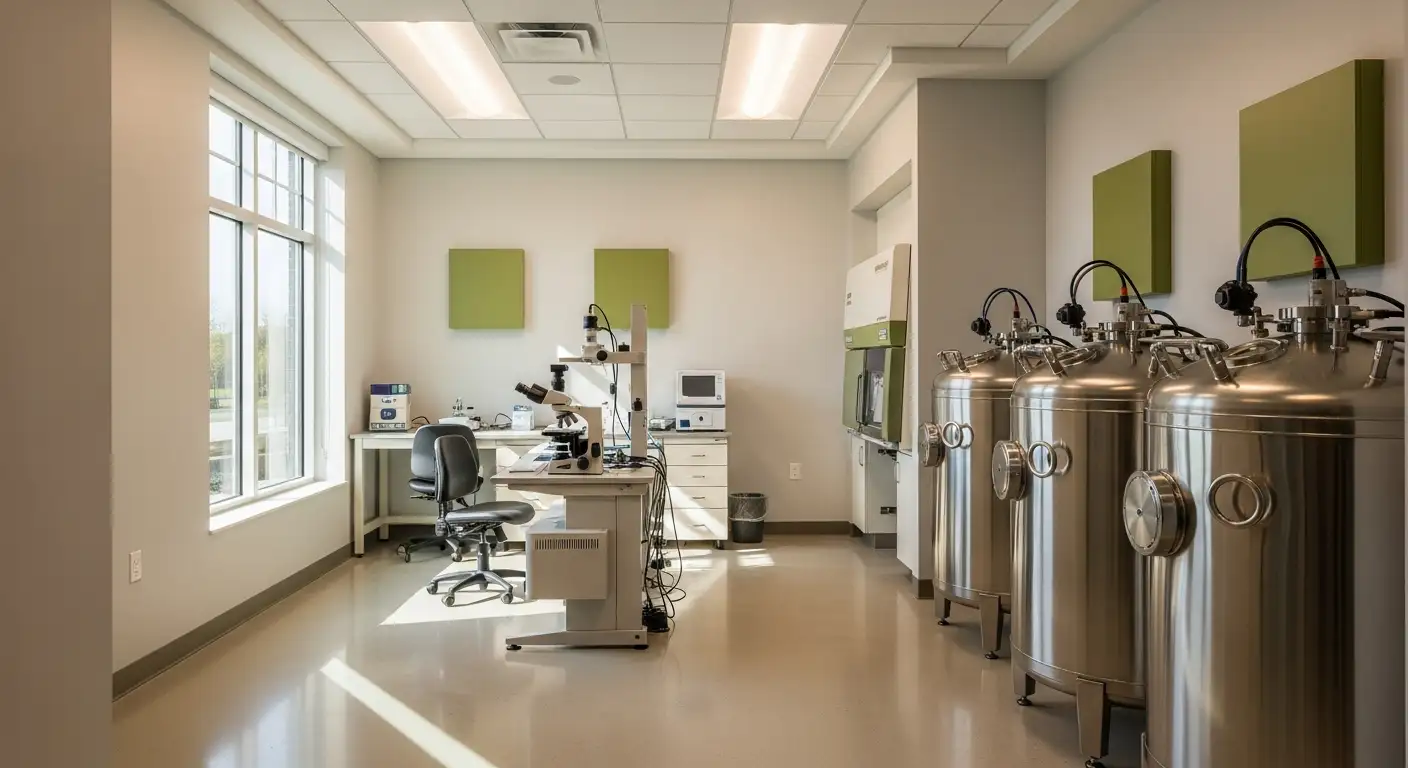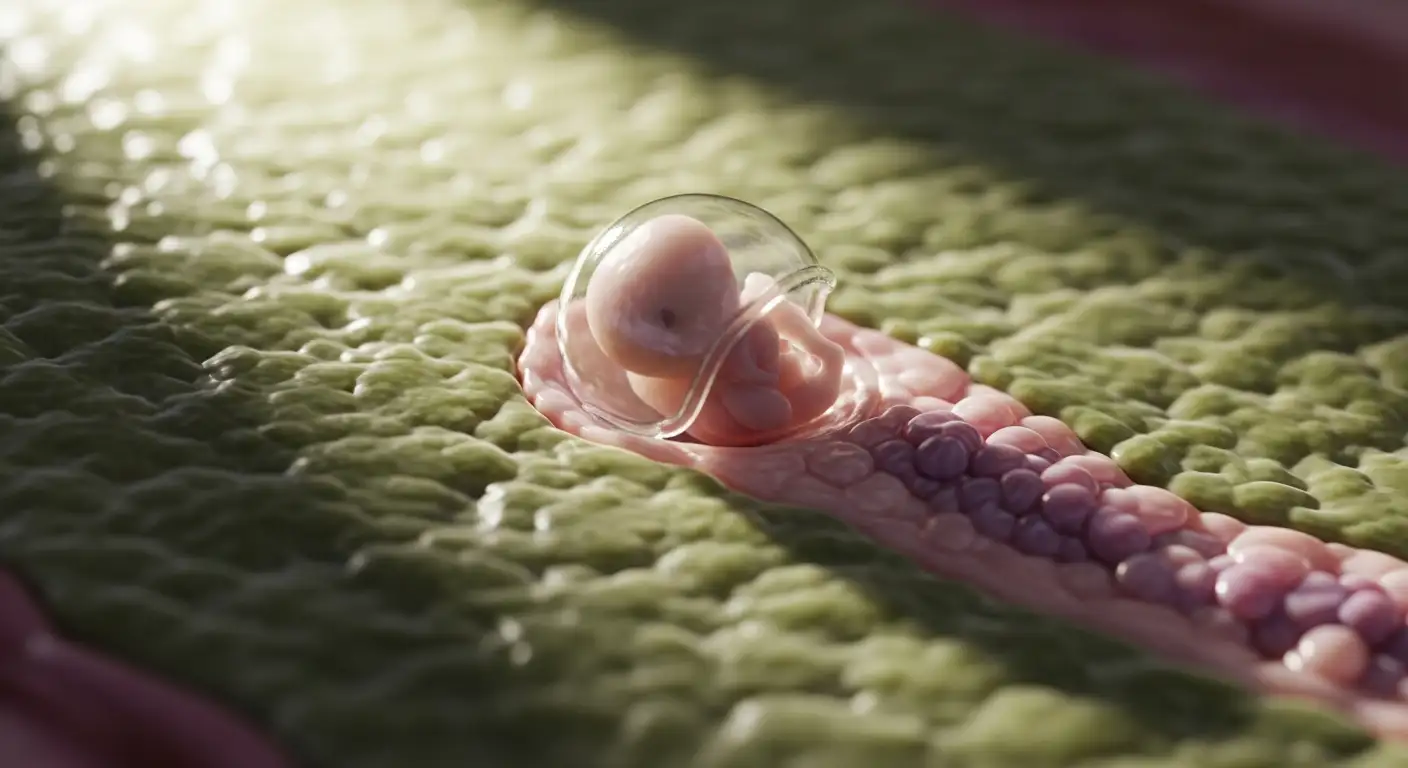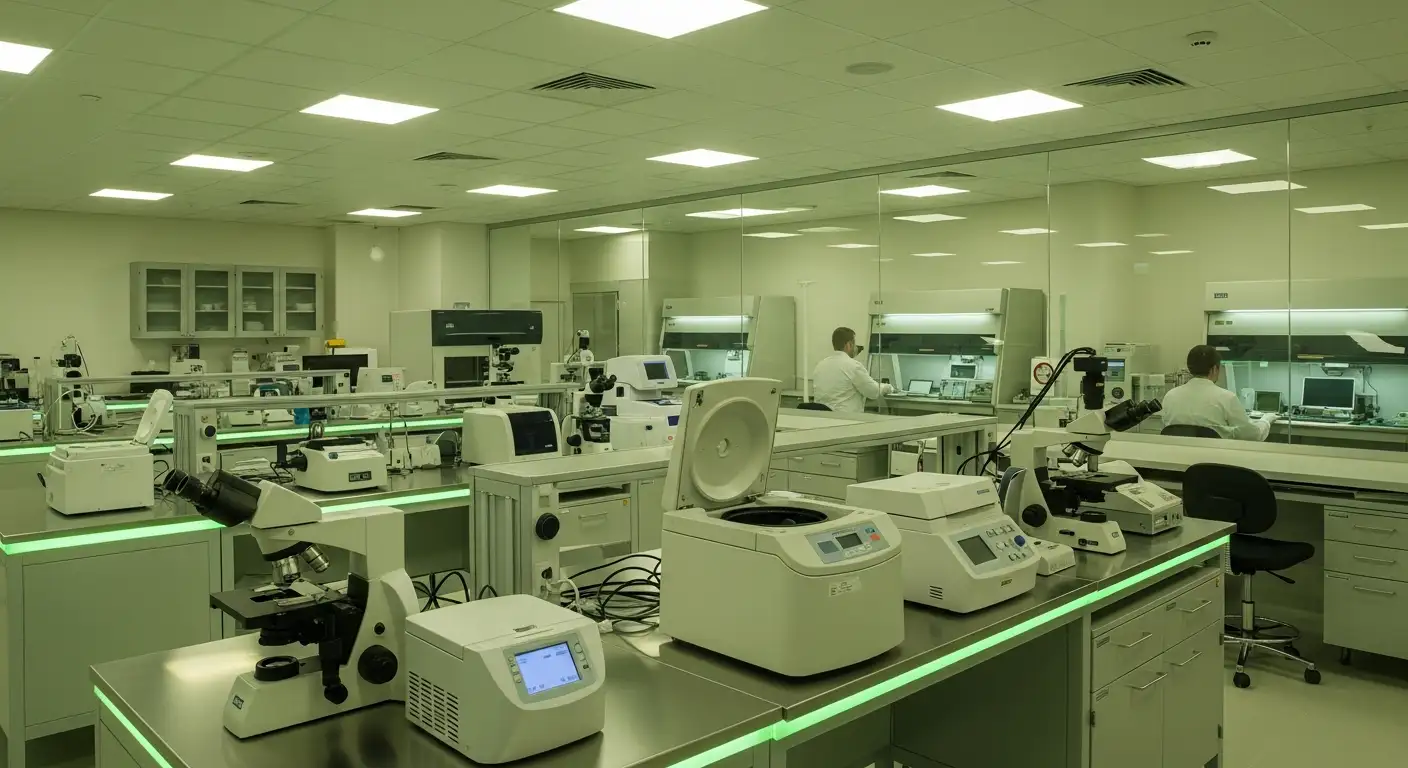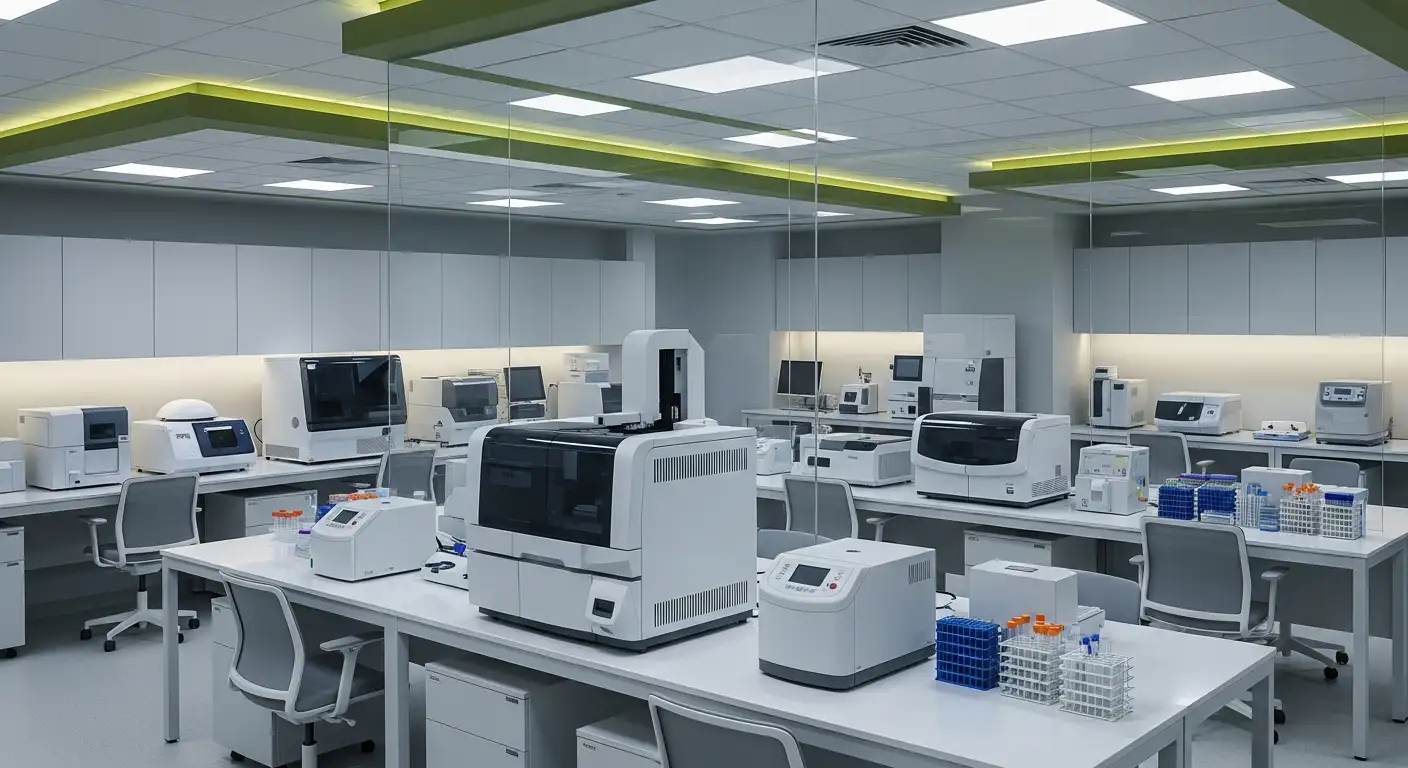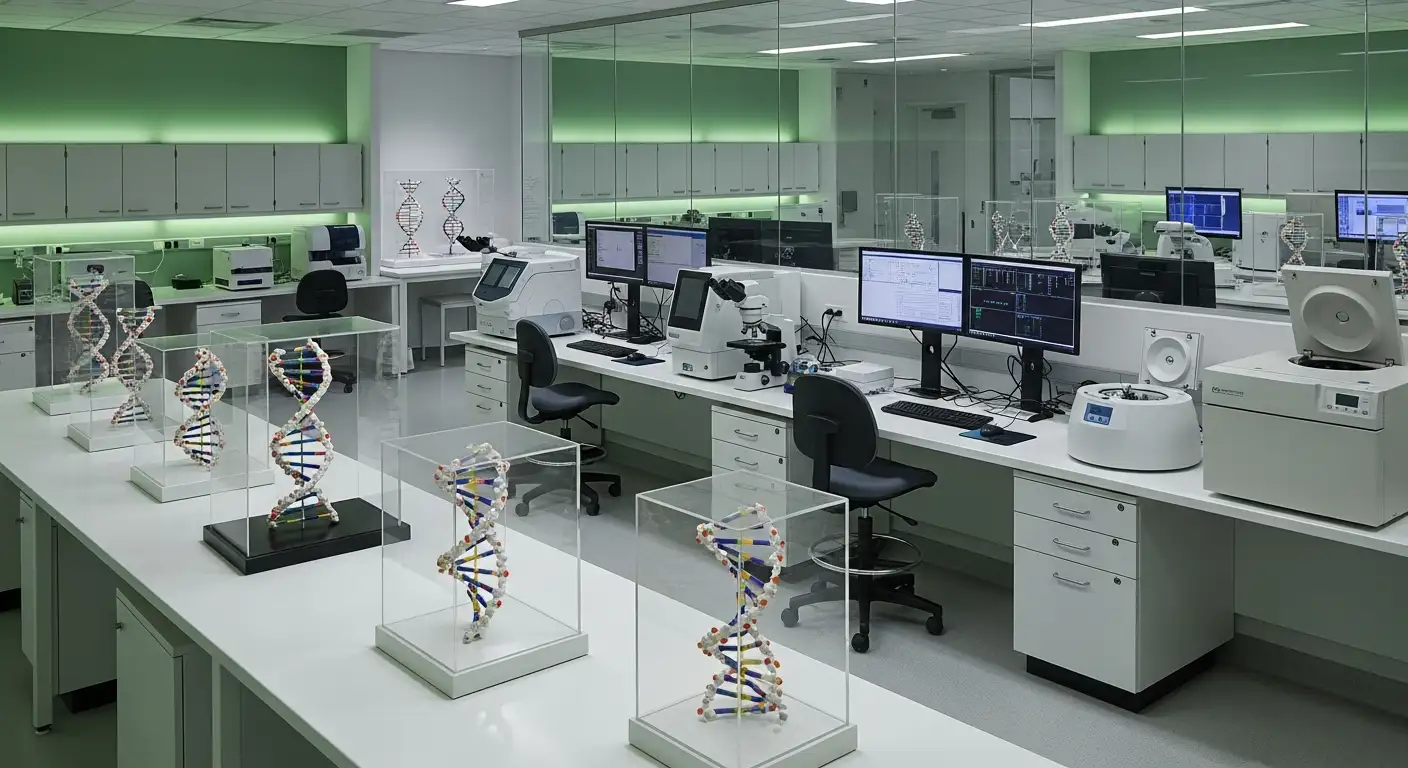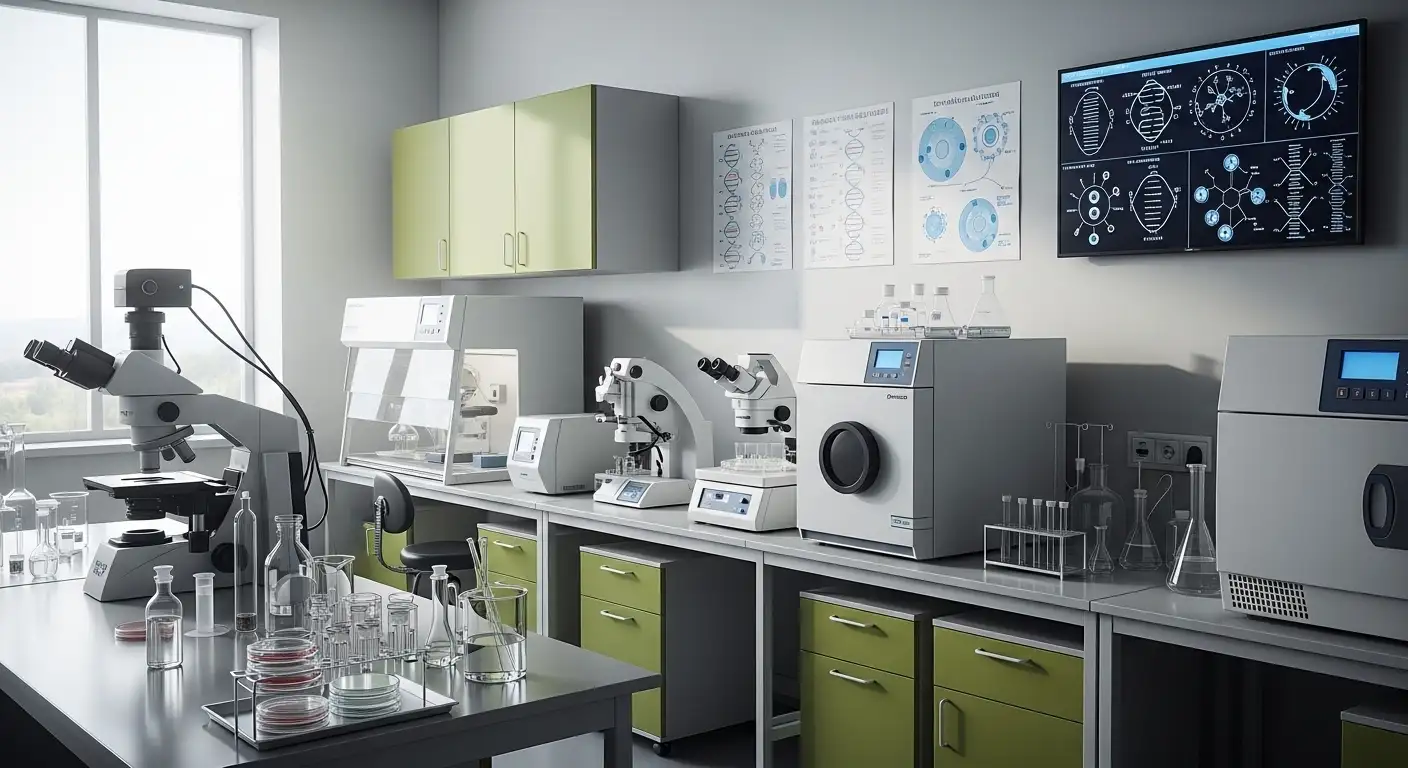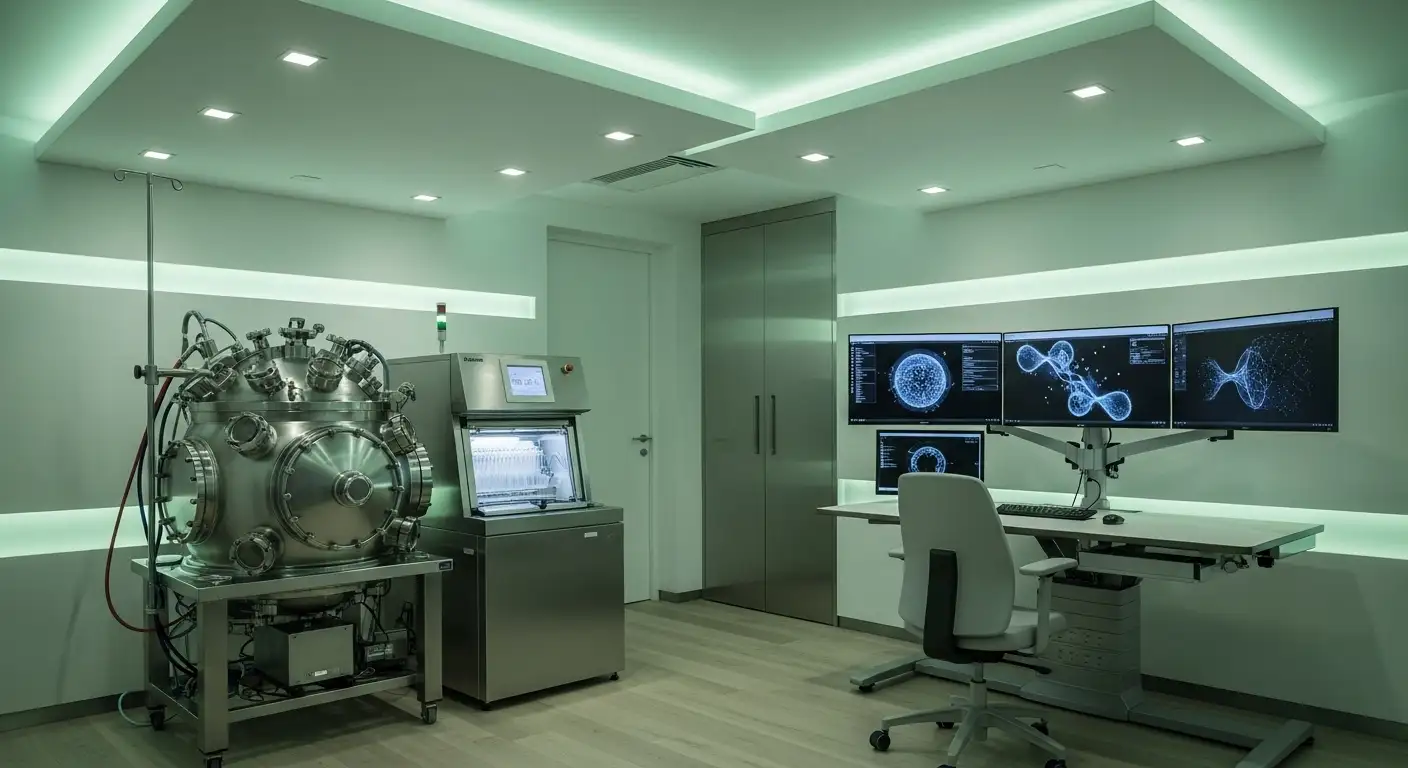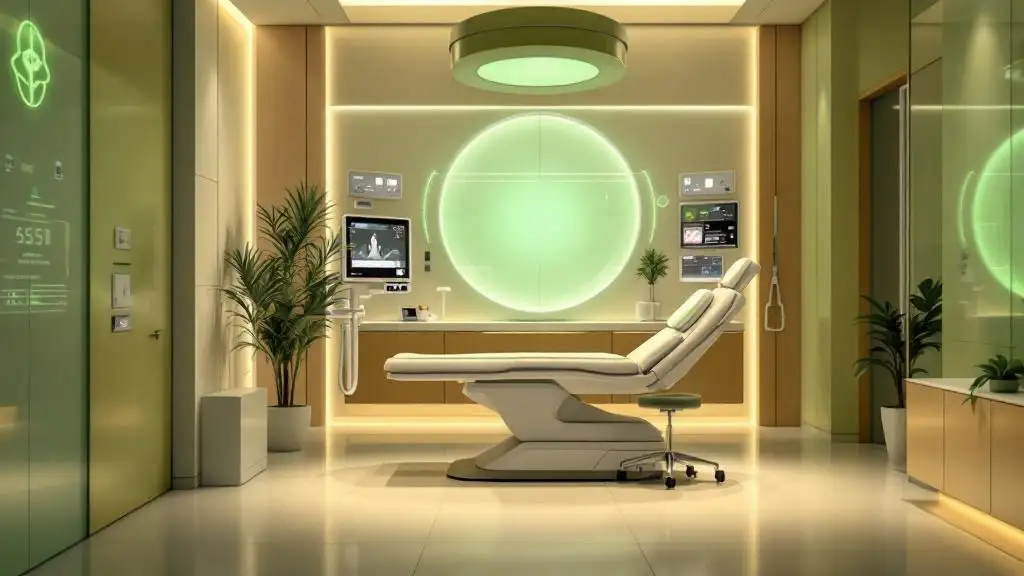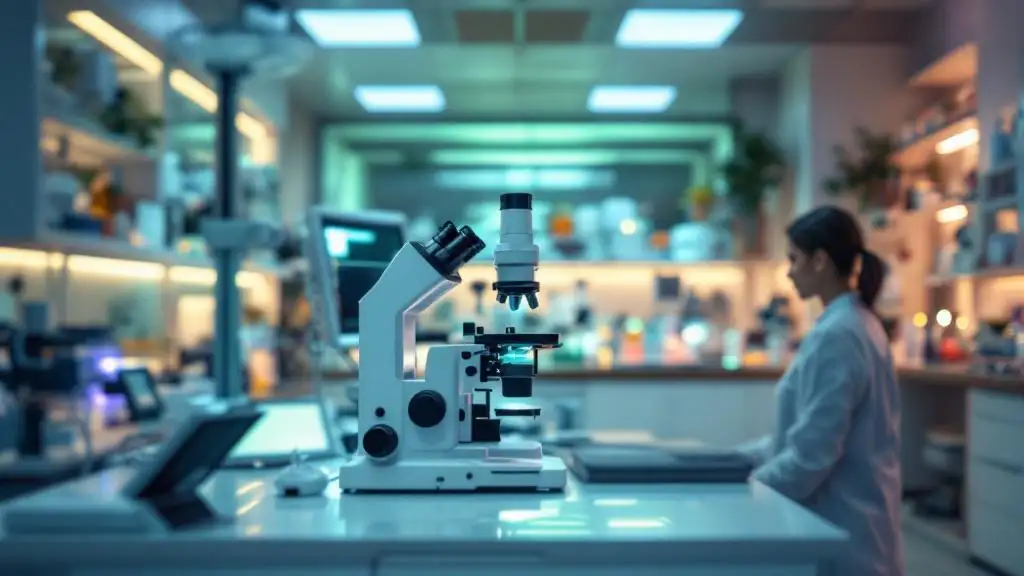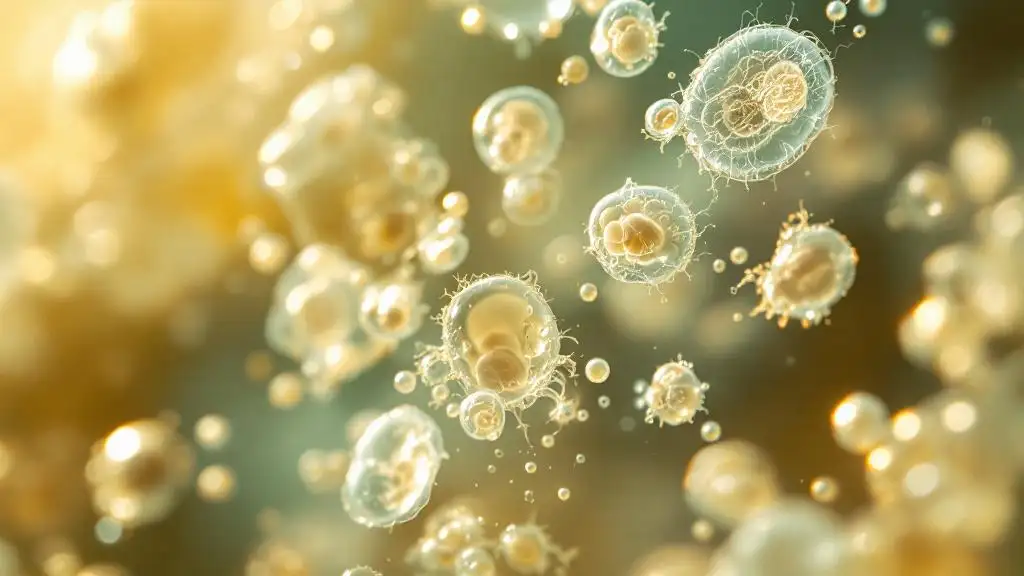Egg freezing vs embryo freezing: which is right for you?
Choosing Between Egg and Embryo Freezing: Key Factors to Consider

Understanding Fertility Preservation Options
Fertility preservation has become an essential option for individuals and couples facing fertility challenges or looking to delay parenthood. Among the most popular methods are egg freezing and embryo freezing—each with distinct processes, benefits, and considerations. This article explores these options to help you make an informed decision that aligns with your medical, ethical, and personal goals.
How Egg Freezing and Embryo Freezing Work
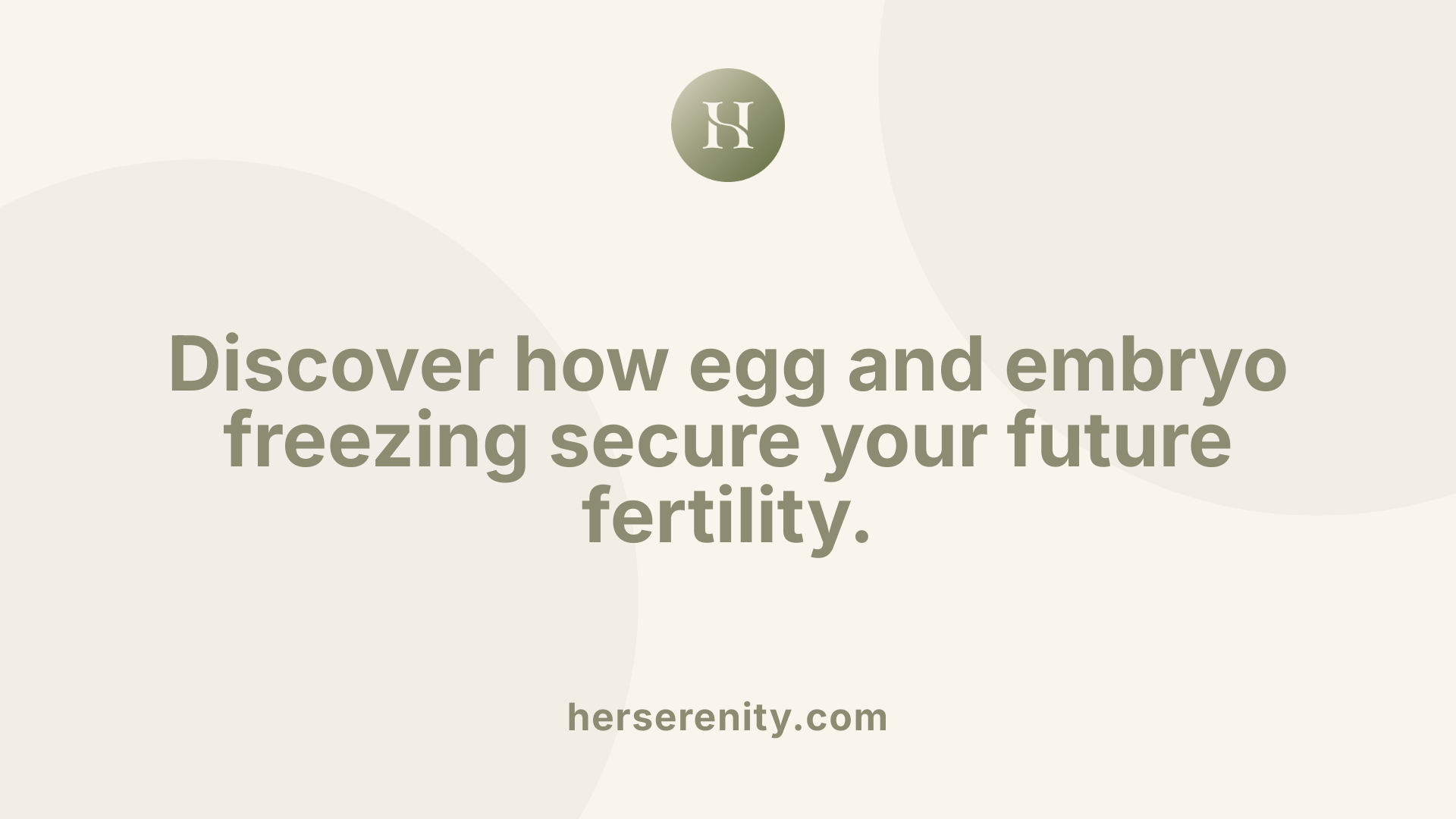
Definitions and processes of egg freezing and embryo freezing
Egg freezing, also known as oocyte cryopreservation, involves stimulating the ovaries with hormonal medications to produce multiple eggs, followed by ultrasound monitoring and egg retrieval. These eggs are then rapidly frozen for future fertilization and use. Embryo freezing, or embryo cryopreservation, begins with fertilizing the retrieved eggs with sperm in the laboratory to form embryos, which are subsequently frozen and stored.
Method of cryopreservation including vitrification
Both egg and embryo freezing use cryopreservation techniques to halt biological aging at around -196°C. Vitrification, a rapid flash-freezing method, is preferred over traditional slow-freezing because it minimizes ice crystal formation, reducing damage to the eggs or embryos. This process allows for improved survival rates upon thawing.
Differences in procedures and immediate vs future steps
Egg freezing primarily involves ovarian stimulation and retrieval followed by immediate freezing of eggs, with fertilization planned at a later date. Embryo freezing adds additional immediate steps of fertilizing eggs and culturing embryos before cryopreservation. Because embryos have been fertilized before freezing, their viability and potential for successful pregnancy are often better understood compared to frozen eggs, which require fertilization after thawing. Egg freezing tends to be less expensive upfront, but future costs include fertilization and embryo transfer. Embryo freezing usually entails higher upfront costs but provides a clearer prognosis for success.
Historical context and technological improvements
Cryopreservation has been safely used for decades, with the first baby born from a frozen embryo in 1984 and from a frozen egg in 1986. Over time, significant technological advancements like vitrification and ultrafast thawing have greatly improved the effectiveness and safety of these procedures. Ongoing research, including the application of artificial intelligence, continues to optimize both freezing and thawing processes, enhancing outcomes for patients.
Related perspective
Common medical treatments assisting conception include fertility medications, surgical corrections, intrauterine insemination (IUI), and in vitro fertilization (IVF). Egg and embryo freezing serve as crucial fertility preservation techniques that can be used alongside these treatments to extend reproductive options.
Success Rates and Medical Considerations
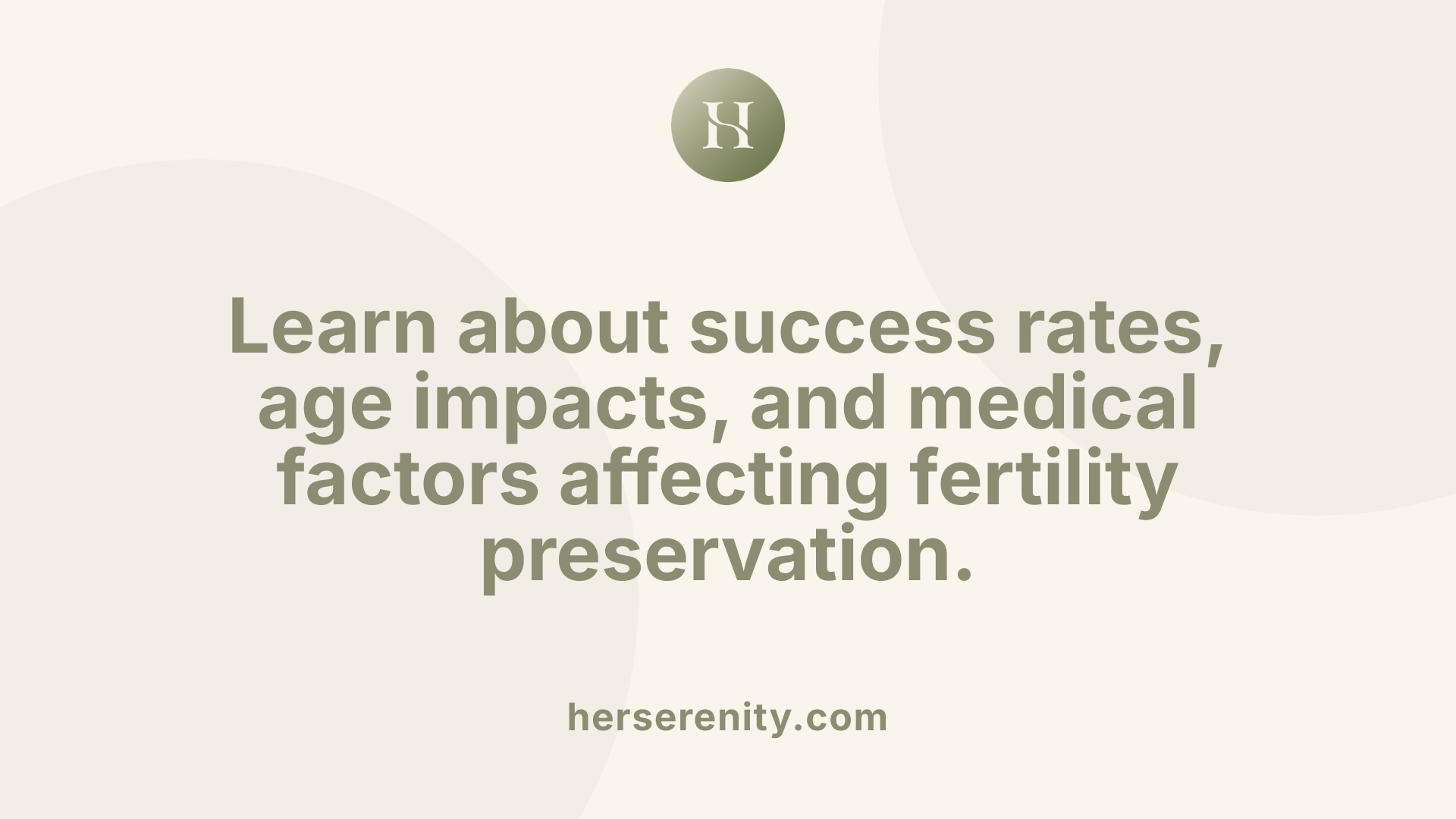
How do fertility treatments vary depending on the underlying causes of infertility?
Fertility treatments are customized based on the specific cause of infertility. For example, hormone therapies may be prescribed for ovulation disorders, while surgery can address structural abnormalities in reproductive organs. Embryo freezing is commonly used in conjunction with IVF after such problems are resolved. Conversely, egg freezing is often chosen when fertilization timing is uncertain or when there is no current partner.
Success Rates Comparing Frozen Eggs Versus Frozen Embryos
Frozen embryos generally demonstrate higher success rates compared to frozen eggs. This is because embryos survive the thawing process better and have already passed the fertilization stage, which confirms the viability of gametes involved. The chance of live birth per frozen embryo transfer is roughly 70%, while using frozen eggs involves additional steps before fertilization can occur, which may lower overall success.
Impact of Maternal Age on Effectiveness
The age at which eggs or embryos are frozen significantly affects pregnancy outcomes. Freezing at a younger age, ideally before 35, results in higher success rates due to better egg quality. Although costs and benefits peak around age 37, fertility specialists advise earlier preservation when possible to optimize outcomes.
Benefits of Genetic Testing in Embryo Freezing
Genetic testing of embryos prior to freezing can improve success rates by selecting healthy embryos for transfer. This reduces the chance of miscarriage and increases the probability of a successful pregnancy, making embryo freezing combined with genetic testing a powerful tool for fertility preservation.
Risks Associated with Freezing and Thawing Embryos
Although embryo freezing is generally safe, risks include potential damage during freezing or thawing, non-viability of some embryos, and failure to achieve pregnancy after transfer. There is also an increased risk of pregnancy complications such as preeclampsia and placenta accreta spectrum, warranting careful medical monitoring.
Medical Conditions Benefiting from Fertility Preservation
Fertility preservation via egg or embryo freezing benefits individuals facing medical conditions that threaten fertility. This includes patients undergoing cancer treatments (like chemotherapy), those with autoimmune diseases, genetic disorders, or a family history of early menopause.
| Topic | Details | Additional Notes |
|---|---|---|
| Frozen Eggs vs Embryos | Embryos have higher survival/thaw rates; 70% chance of live birth per embryo transfer | Eggs require fertilization after thawing, adding complexity |
| Maternal Age Impact | Younger age (<35) is ideal for freezing to maximize pregnancy success | Cost-effectiveness peaks around age 37 |
| Genetic Testing | Improves selection of viable embryos; increases pregnancy success | Reduces miscarriage risk |
| Risks of Freezing | Damage during freezing/thawing, failure in pregnancy, increased pregnancy complications | Requires vigilant prenatal care |
| Conditions Benefited | Cancer, autoimmune diseases, genetic disorders, history of early menopause | Enables fertility preservation before treatment-related damage occurs |
Ethical, Legal, and Emotional Considerations in Choosing Between Egg and Embryo Freezing
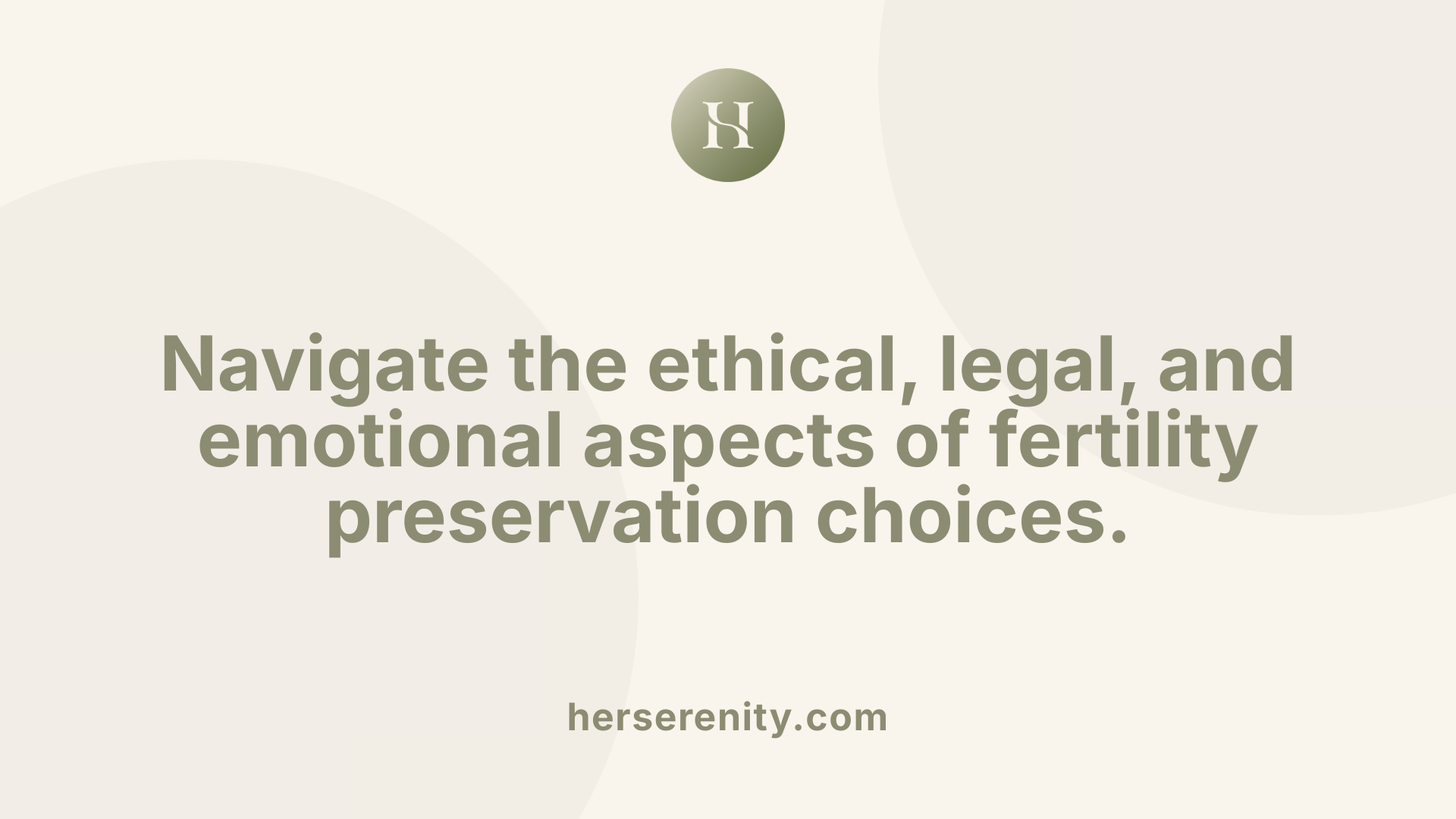
Ethical Complexities Regarding Embryo Ownership and Disposition
Embryo freezing introduces intricate ethical questions, especially concerning ownership and what happens to unused embryos. Individuals or couples must decide whether to keep embryos frozen for future use, donate them to other families, contribute them for research, or choose disposal. These decisions are deeply personal and can be influenced by moral beliefs about the beginning of life.
Legal Issues Arising from Relationship Changes
Relationships can evolve, complicating legal rights over stored embryos. Contracts and agreements made prior to freezing typically govern ownership, but disputes may arise in cases of separation or divorce. Such legal concerns necessitate careful planning and consultation with specialists to clearly define rights and responsibilities.
Emotional Implications and Personal Decision-Making
Choosing between egg and embryo freezing is not only a medical or financial decision but also an emotional journey. The process can evoke feelings of hope, uncertainty, and sometimes grief. Individuals and couples often grapple with the weight of potential outcomes, ethical considerations, and future life plans.
Choices for Embryo Use, Donation, or Disposal
Patients maintain autonomy over their embryos at all times: they can elect to discard embryos if they no longer wish to use them, donate to other individuals or couples seeking fertility assistance, or provide embryos for scientific research. Each option carries its own ethical and emotional layers, and these choices can evolve over time.
Addressing Psychological Challenges in Fertility Treatments
Undergoing fertility preservation, whether egg or embryo freezing, may cause stress, anxiety, depression, and feelings of isolation. These psychological challenges are common but manageable. Access to counseling, participation in support groups, relaxation methods, and compassionate support from healthcare providers and loved ones are essential. These resources bolster emotional resilience, aiding individuals and couples throughout their fertility journeys and decision-making processes.
Cost and Accessibility Factors Influencing Your Decision
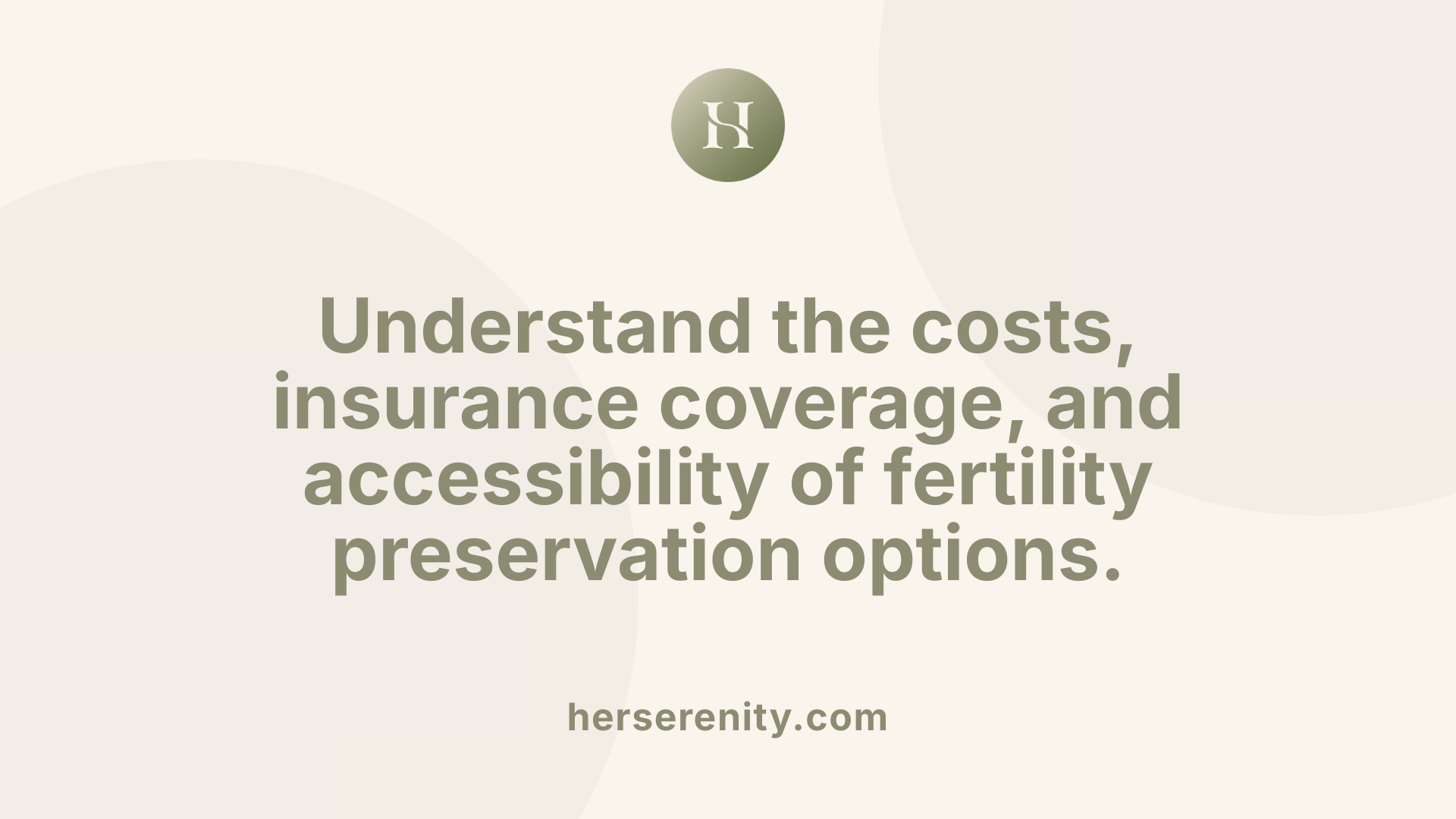
What are the upfront and long-term costs of egg versus embryo freezing?
Egg freezing typically involves lower initial costs, often ranging from $5,000 to $10,000 per treatment cycle. This includes ovarian stimulation, egg retrieval, and vitrification. However, because eggs are frozen unfertilized, additional expenses are incurred later for fertilization, embryo culture, and embryo transfer when deciding to conceive.
Embryo freezing generally demands higher upfront investment due to the need for fertilizing eggs before freezing, plus embryo culture and storage. The advantage is an immediate assessment of embryo viability, which often leads to higher success rates per embryo and can reduce the number of transfer attempts needed.
How does insurance coverage and financial assistance impact costs?
Insurance coverage for egg or embryo freezing varies widely by geographic region and personal policy. Some plans offer partial or full coverage, especially when freezing is medically indicated, such as before cancer treatment. Financial assistance programs and payment plans are increasingly available to make treatment more affordable. Patients should verify coverage specifics early in the decision process to better understand their financial responsibility.
What is the impact of treatment complexity on expenses?
Egg freezing involves ovarian stimulation, monitoring, and retrieval, with relatively straightforward freezing procedures, which can keep costs more predictable. Embryo freezing adds steps—fertilization with sperm, embryo culture, and genetic testing—which can increase both treatment time and expenses. These complexities also require more specialized lab work, occasionally influencing affordability and timelines.
How does cost-effectiveness relate to age and treatment goals?
Younger individuals, ideally under 35, tend to have higher egg and embryo quality, which can enhance success rates and reduce the total number of cycles, improving overall cost-effectiveness. Delaying freezing beyond this age may increase costs due to needed additional cycles.
Embryo freezing may be more cost-effective for those ready to fertilize immediately due to improved success rates, while egg freezing offers flexibility for those not currently partnered or who prefer to defer fertilization.
Additional lifestyle factors
Adopting a healthy lifestyle—maintaining a healthy weight, managing stress, avoiding toxins, balanced nutrition, moderating caffeine, regular physical activity, and good sleep hygiene—can improve reproductive health and enhance the chances of conception, potentially reducing the need for multiple costly treatment cycles.
| Factor | Egg Freezing | Embryo Freezing | Notes |
|---|---|---|---|
| Initial Cost | Lower upfront costs | Higher upfront costs | Embryo freezing includes fertilization and culture |
| Long-term Cost | Additional fertilization and transfer | Mostly included upfront | Extra costs for egg freezing occur later |
| Insurance Coverage | Variable, often limited | Variable, can be extended if medically necessary | Check policy specifics early |
| Treatment Complexity | Ovarian stimulation, egg retrieval | Includes fertilization, culture, possible genetic testing | More complex labs for embryo freezing |
| Cost-Effectiveness by Age | Better under 35 | Better under 35 | Younger age improves outcomes and reduces need for repeated cycles |
| Lifestyle Impact on Success | Positive effect on outcome | Positive effect on outcome | Healthier lifestyle enhances fertility outcomes |
Technological Advances Enhancing Fertility Preservation
What advances in reproductive technology have improved success rates for assisted conception?
Recent technological innovations have significantly enhanced the success rates of fertility preservation and assisted conception.
One major advance is ultrafast embryo thawing. This technique dramatically reduces the time embryos spend transitioning from frozen to viable states, increasing their survival rate after thawing. Alongside this, the application of artificial intelligence (AI) in reproductive medicine helps optimize both freezing and thawing protocols, allowing clinicians to tailor procedures to individual embryos and patients. AI algorithms can predict embryo viability and suggest optimal implantation timing, improving pregnancy outcomes.
Vitrification, a rapid freezing technique, has largely replaced slow freezing methods due to its superior preservation quality. Vitrification flash-freezes eggs and embryos so quickly that it prevents ice crystal formation, which can damage cell structures. Consequently, embryos preserved this way show higher survival rates and better developmental potential upon thawing.
Another important technological tool is preimplantation genetic testing (PGT). PGT allows embryologists to screen embryos for genetic abnormalities before implantation, increasing the chances of transferring genetically healthy embryos. This screening contributes to higher live birth success rates, roughly estimated at 70% per embryo transfer.
Laboratory culture methods have also improved, with advances in media formulations and environmental controls that better mimic natural conditions in the uterus. Personalized hormone stimulation protocols are designed for individual patients, optimizing egg quality and embryo development. These combined improvements have made fertility preservation more efficient and personalized, offering better chances for successful pregnancies.
Consultation and Personalization: Making the Right Choice for You

Why Is Consultation with Reproductive Specialists Important?
Fertility preservation is a deeply personal journey and begins with a thorough consultation with experienced reproductive specialists. These professionals assess and diagnose fertility issues by reviewing medical history, conducting physical exams, hormone testing, and imaging studies. They might also use specialized procedures to pinpoint ovulation disorders, uterine or tubal abnormalities, or male factors affecting fertility. This detailed evaluation allows specialists to tailor treatment and preservation strategies specifically for each patient’s unique situation.
What Medical, Ethical, and Emotional Factors Should Be Considered?
Choosing between egg freezing and embryo freezing requires understanding medical implications as well as ethical and emotional concerns. Medical aspects include age, health conditions, and chances of success with each procedure. Ethically, embryo freezing involves fertilized eggs, raising considerations about embryo disposition if relationships change or decisions about donation arise. Emotionally, the process of creating embryos together can be complex, especially for single individuals or couples facing difficult decisions. These factors must be openly discussed with providers to align with individual values and goals.
How Does Age Affect Timing and Reproductive Goals?
Age plays a critical role in the success of fertility preservation. Most fertility experts recommend freezing eggs or embryos before age 35 since younger eggs have higher viability. However, some data suggest that freezing by age 37 may optimize cost-effectiveness. Aligning preservation timing with reproductive goals is essential—whether to postpone parenthood, prepare for medical treatments, or maximize future chances of conception.
How Is Fertility Preservation Integrated into Overall Conception Plans?
Fertility preservation is often part of a broader reproductive plan. For example, individuals undergoing cancer treatment may freeze embryos or eggs beforehand to maintain fertility options. Couples planning IVF may choose embryo freezing to improve success rates with genetic testing. Consultation helps individuals understand how cryopreservation fits their personal timelines and future family-building choices, ensuring a personalized and informed approach.
| Consultation Aspect | Key Details | Purpose |
|---|---|---|
| Medical Assessment | History, exams, hormone tests, imaging, specialized tests | Diagnose causes, guide preservation method |
| Ethical Considerations | Embryo disposition, consent, legal issues | Align methods with patient’s values |
| Emotional Support | Address concerns related to procedures and outcomes | Support patient through complex decisions |
| Age and Timing | Benefits of earlier freezing, age-related success rates | Maximize effectiveness of preservation |
| Integration with Reproductive Plans | Fertility preservation before treatment or IVF preparation | Personalize approach to family building |
Deciding Between Egg and Embryo Freezing
Choosing the right fertility preservation method is deeply personal and multifaceted. Egg freezing offers flexibility and autonomy, often preferred by individuals without a current partner or those seeking less complexity upfront. Embryo freezing typically provides higher success rates and valuable insights into embryo viability but entails ethical and legal considerations. Success depends greatly on age, health, and lifestyle, underscoring the importance of expert consultation and emotional support. By understanding these factors and advances in reproductive technology, you can confidently navigate your fertility preservation journey toward your family building goals.
References
- Embryo Freezing (Cryopreservation): Purpose & Results
- Should You Freeze Eggs or Embryos?
- Egg Freezing vs. Embryo Banking
- Freezing Eggs: Advances in Fertility Treatment
- Psychological Problems Related to Infertility - PMC
- Fertility challenges, assisted conception, and perinatal ...
- Infertility and Mental Health
- Infertility: Types, Causes, Symptoms, Diagnosis & Treatment
- Diagnostic Testing for Infertility patient education fact sheet
- Female fertility: Why lifestyle choices count







